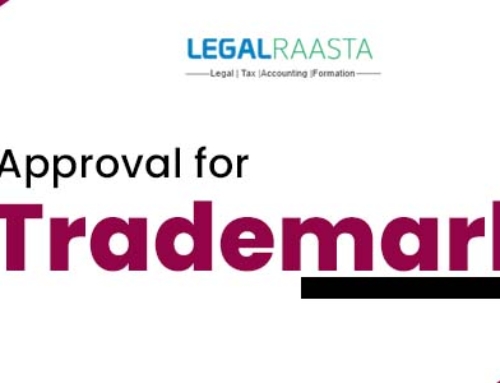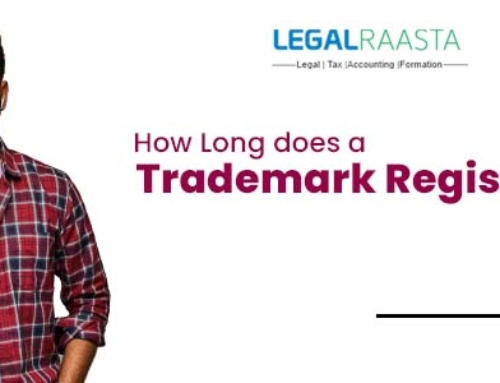Trademarks are pieces of intellectual property that include names, words, signs, and expressions that set one company or brand apart from those of its competitors. A trademark is a valuable tool that a proprietor can use to monetize both his trademark and his product. Additionally, trademarks serve as a barrier between registered trademark owners and other market competitors. Last but not least, a trademark serves as a tool that allows the owner to use the legal recourse provided to him to combat trademark infringement. As a result, prior to registration, a trademark’s types must be given the utmost consideration. As a result, there are various Types of Trademarks Registration , including those for products, services, collectives, shapes, patterns, certification marks, and sounds.
Trademark Registration
A trademark is a type of intellectual property that grants protection for a symbol, word, phrase, design, logo, or a combination of all of these that distinguish one company and its brands from those of its competitors. The trademark can be displayed on a company’s label, package, or product and can be owned by a business, an organization, or even a single person. The Controller General of Patents, Designs, and Trademarks for the Indian Government has listed them.
As a result of the registration, they have the exclusive right to use the trademark and are shielded from competition from other businesses operating in the same industry. Trademark registration gives the right to make legal claims against another organization if they are using the same trademark that one company has registered. The registered trademark has a ten-year lifespan and is renewable. The main purpose of a trademark is to distinguish it from other brands that belong to the same class of goods and services; therefore, a distinctive mark serves this purpose best.
Importance of Trademark Registration
Ø When we consider a product, we immediately conjure up the manufacturer and brand. We even recall the recognizable jingles, logos, and color scheme of the product packaging. The trademark of a product refers to the signs, symbols, logos, and jingles that give it its distinctive identity.
Ø A trademark’s significance today and the rights it confers on the owner upon registration are well understood by product owners and manufacturers. There are several different types of trademarks in India, and upon registration, the trademark owner may seek legal rights and protection.
Ø Additionally, it provides legal protection for your brand’s identity and helps to increase customer loyalty and trust in your product and brand.
Your distinctive personality is represented by your trademark registration in India, which is a source of power in and of itself.
Ø As a result, your brand’s identification is not used improperly.
Different types of Indian trademarks
Product Mark
When a product mark is used, it keeps the company’s reputation intact while assisting customers in recognizing the source of the goods. It is a mark that is only used on goods or products, not services. The provider, reputation, and origin of the product are all indicated by the product mark. These trademarks are filed under Trademark Class 1-34 in the trademark application because they identify goods or things. Product marks are generally used to describe trademark applications made under class 1-34 of The Fourth Schedule to Trade Marks Rules, 2002.
Service Mark
In order to distinguish their owners from those of rival businesses that provide the same services, service marks are typically employed. A service mark is used to distinguish a service as opposed to a product, much like a product mark is. Setting its owners separate from those of other services is the main purpose of the service mark. Applications for trademarks filed under classes 35 to 45 of trademarks may be referred to as service marks because they denote services.
Collective Mark
The public is informed of the distinctive features of the goods and services used to demonstrate a collective by collective marks. A group of people can use Collective Mark to jointly protect the products and services. An alliance, a public institution, or a Section 8 Company could be the trademark’s owner. Compared to the trademarks we have already looked at, this one is different. An organization or association of members will typically use this type of mark to set its products or services apart from those provided by non-members.The CA mark, which can only be used by registered members of the Institute of Chartered Accountants, is a very popular illustration of this type of trademark Registration.
Shape Mark
The sole purpose of a shape mark is to safeguard a product’s shape so that consumers will associate it with a particular manufacturer and decide to buy the product. The shape can be registered once it is determined that the product has a unique shape. The term “shapes of goods” is used in the Trademark Act of 1999’s definition of a trademark. However, Section 9(3) of the Act contains a restriction that expressly forbids the registration of a trademark that consists of only:
• Shapes that come from the characteristics of the goods themselves.
• Forms required to achieve a technical result.
• Shapes that significantly increase the value of the goods.
• Additionally, the application should be made in relation to the goods and not the container in which the goods are contained.
Pattern Mark
Pattern marks only apply to products that have a distinctive pattern that was specifically designed for the item. Products with pattern marks have distinctive designed patterns that serve as the product’s identifying feature. Patterns that don’t stand out as a distinctive mark are typically rejected because they are useless. A pattern must provide proof of its uniqueness in order to be registered.
Certification Mark
It’s a mark that conveys a product’s provenance, quality, composition, or other important details with the owner’s permission.
The major objective of the Certification mark is to create a standard for it and to instill confidence in customers by proving that the product has completed quality checks using accepted testing processes, which aids in trademark registration.
Products like toys, food, and electronics frequently have these marks. The owner typically uses these marks to certify the origin, composition, caliber, method of production, or delivery of services, among other qualities of the goods or services to which they are applied. AGMARK, which is issued by the Director of Marketing and Inspection of the Government of India, and the ISI Mark, which is issued by the Bureau of Indian Standards (BIS), are two examples of certified marks.
Sound Mark
It is a sound that can be linked to a product or service offered by a particular supplier. The development of sound markings, also known as audio mnemonics, is thought to have started at the dawn of commerce. Sound marks fall under the definition of graphic representation, which is a requirement for trademark registration. A sound must be presented in such a way that it is distinctive and recognizable to the consumer in order to be registered as a trademark. According to the TM Manual, certain categories of sounds are specifically disallowed from being registered as sound marks. They include popular music, songs used as chimes, simple compositions with only one or two notes, children’s nursery rhymes, and music that is closely linked to a particular place.
To learn more about registering various types of trademarks in India that suit your needs, get in touch with the LegalRaasta team right away, a reputable trademark registration company.
Conclusion
Brand recognition is your most valuable asset. The process of registering a trademark in India is probably the most difficult. The process of registering a trademark can take years, involve a significant amount of work, and cost a lot of money. However, it is also crucial for the development of a brand. To ensure brand recognition, register your trademark with LegalRaasta team right away. Before registering a trademark, it is crucial to understand the level of protection it offers the owner. The reason is that each one of them involves particular components and requirements. In this post, we’ll examine the principles of trademarks, the different kinds of trademarks, and the importance of registering different kinds of trademarks in India. This will help you with trademark registration in India.






